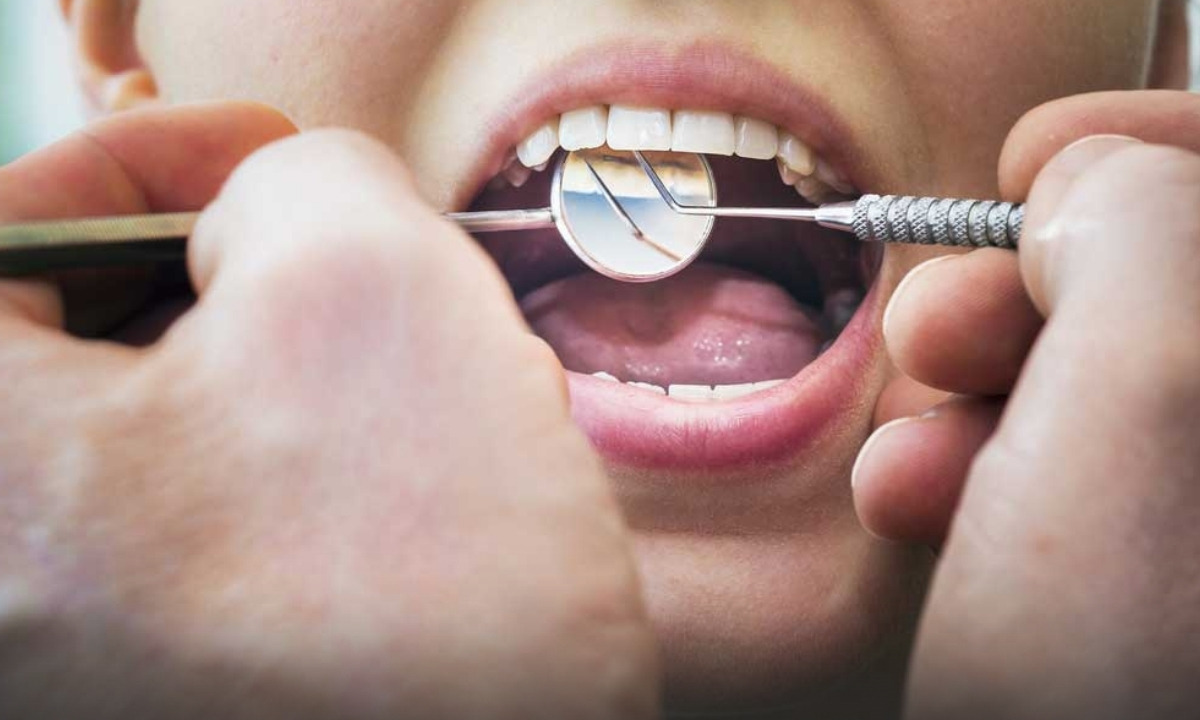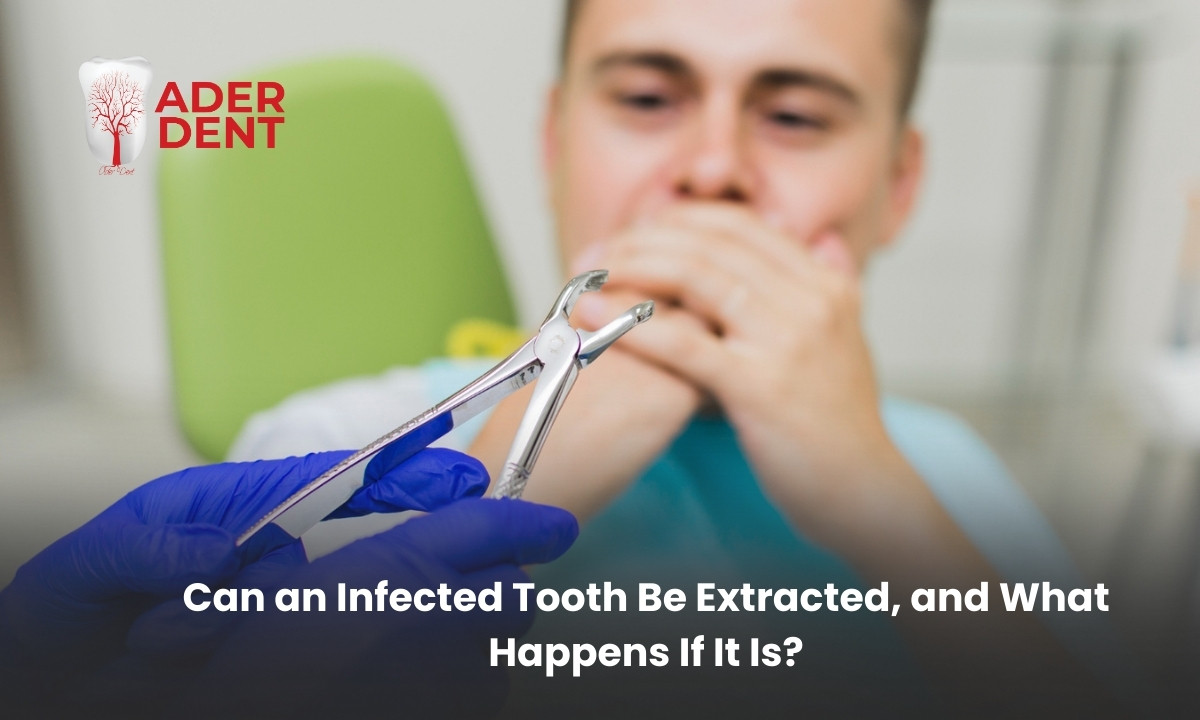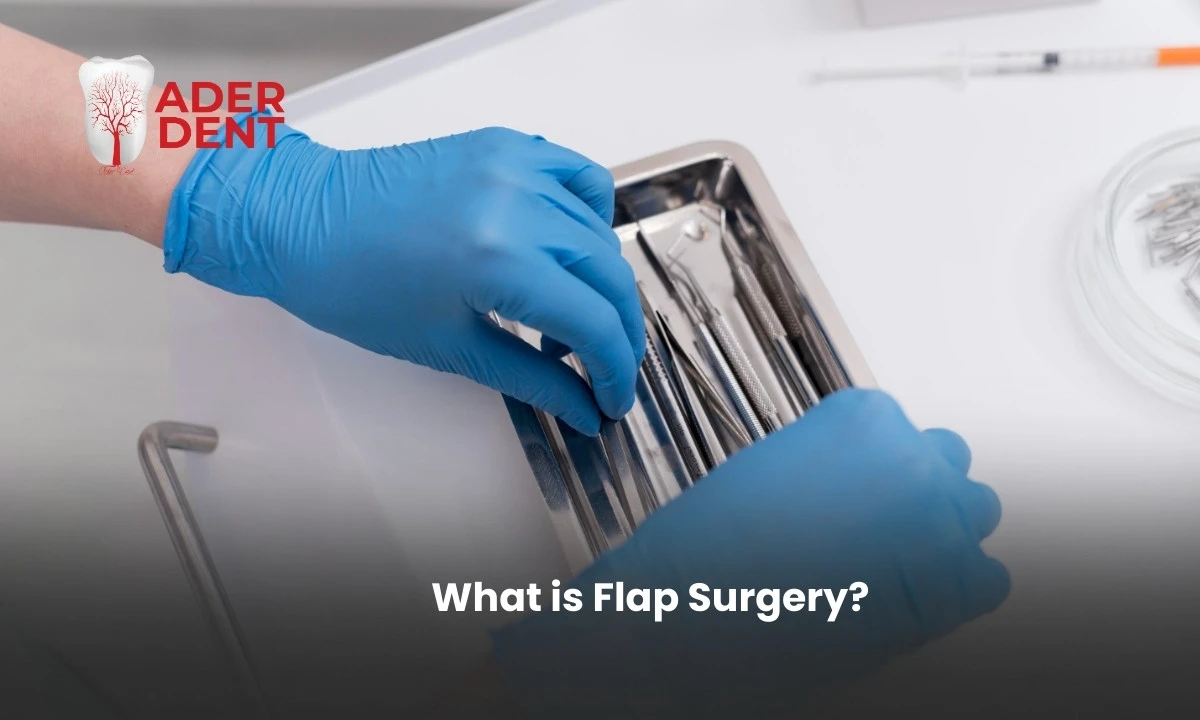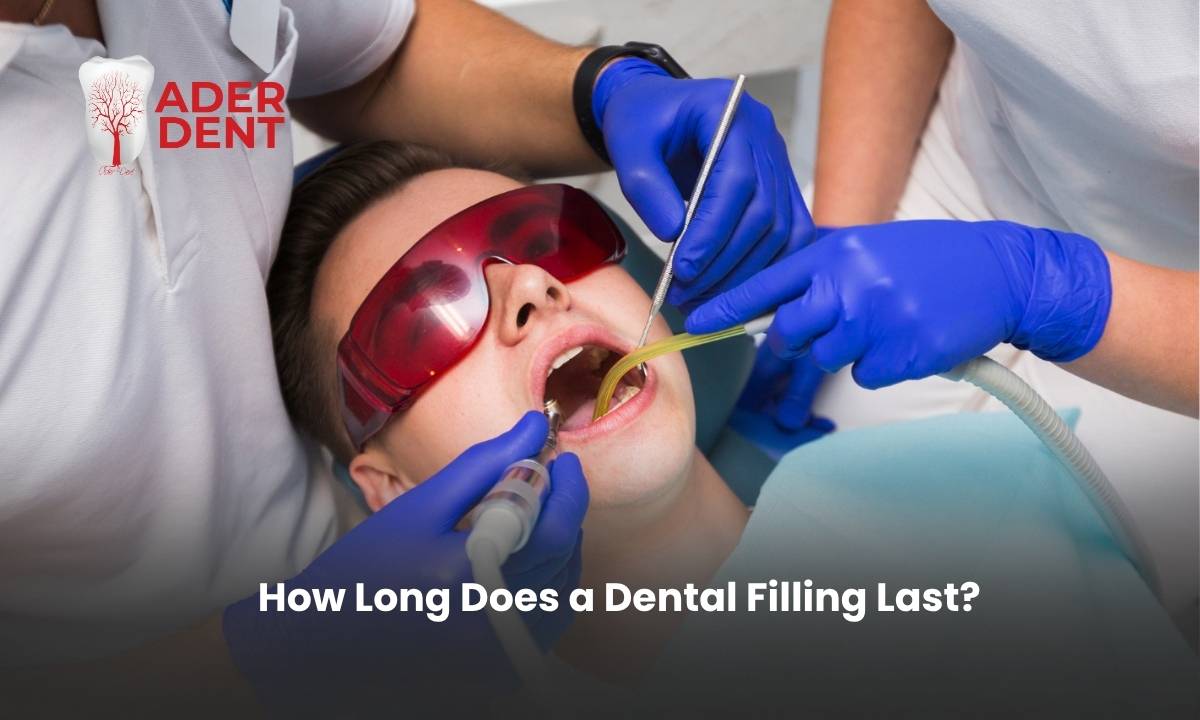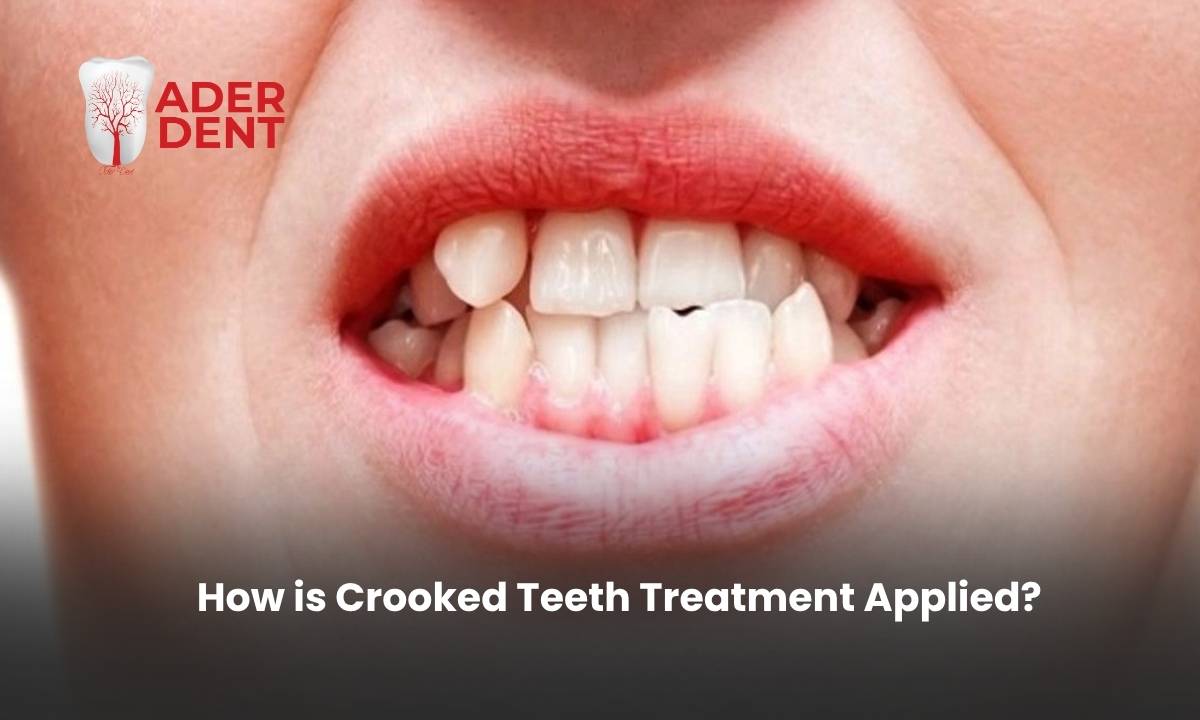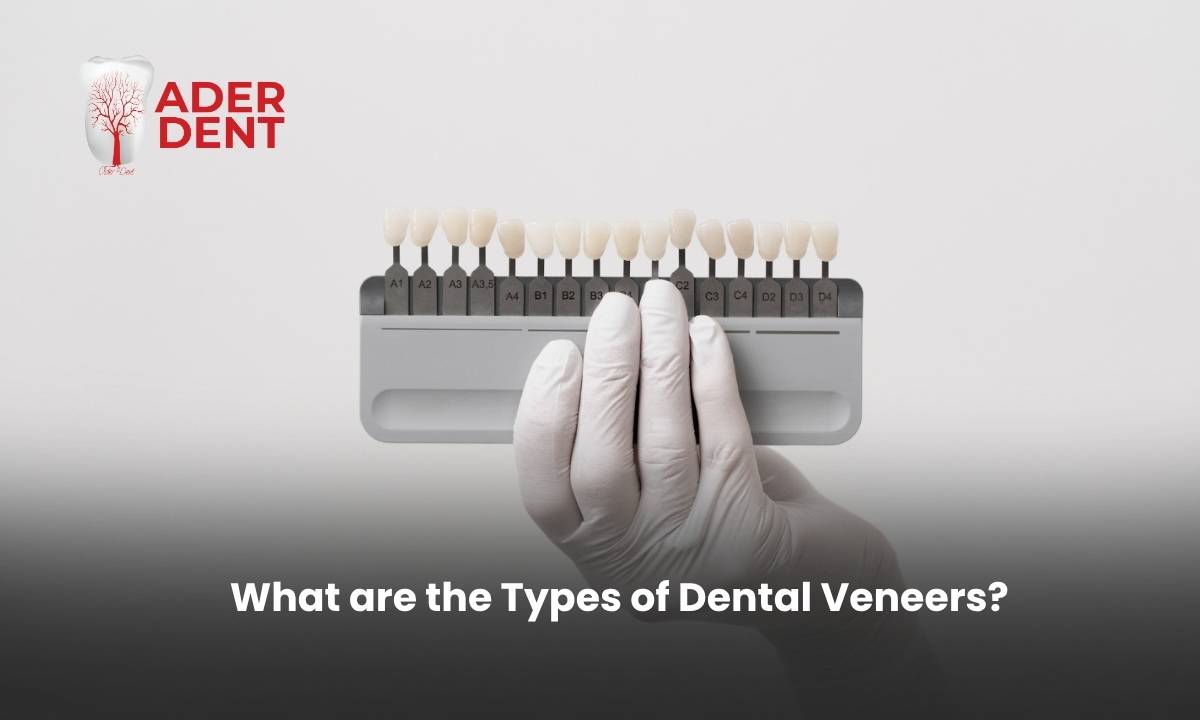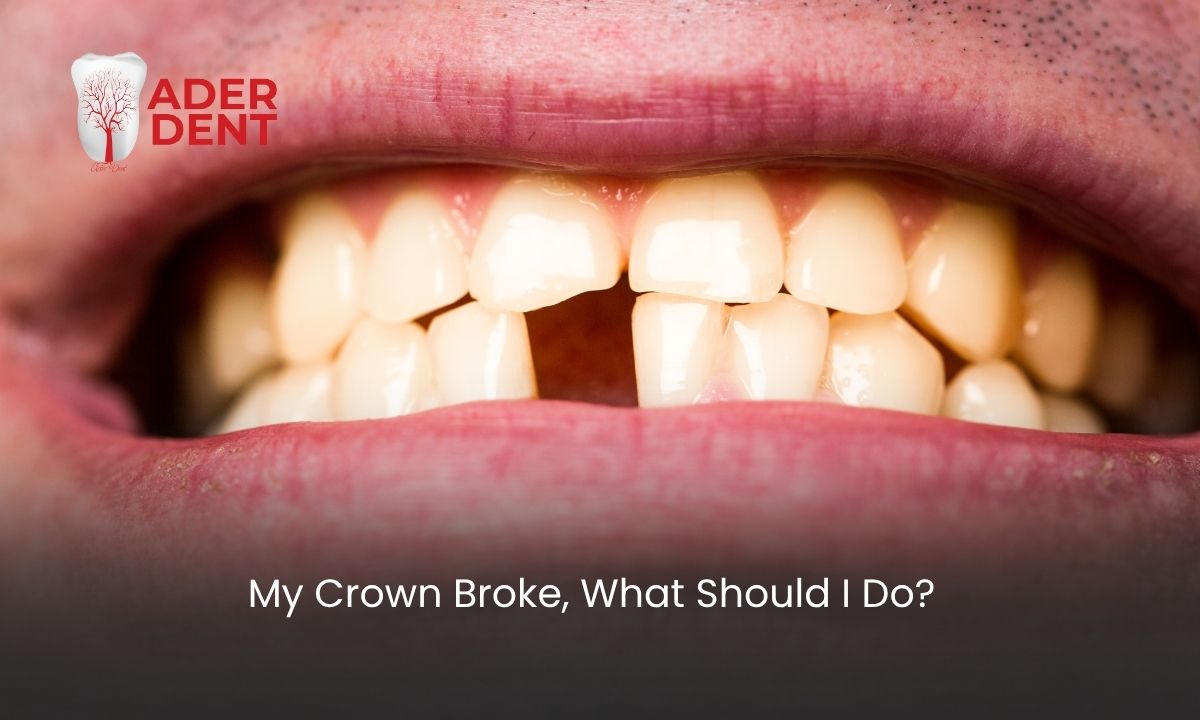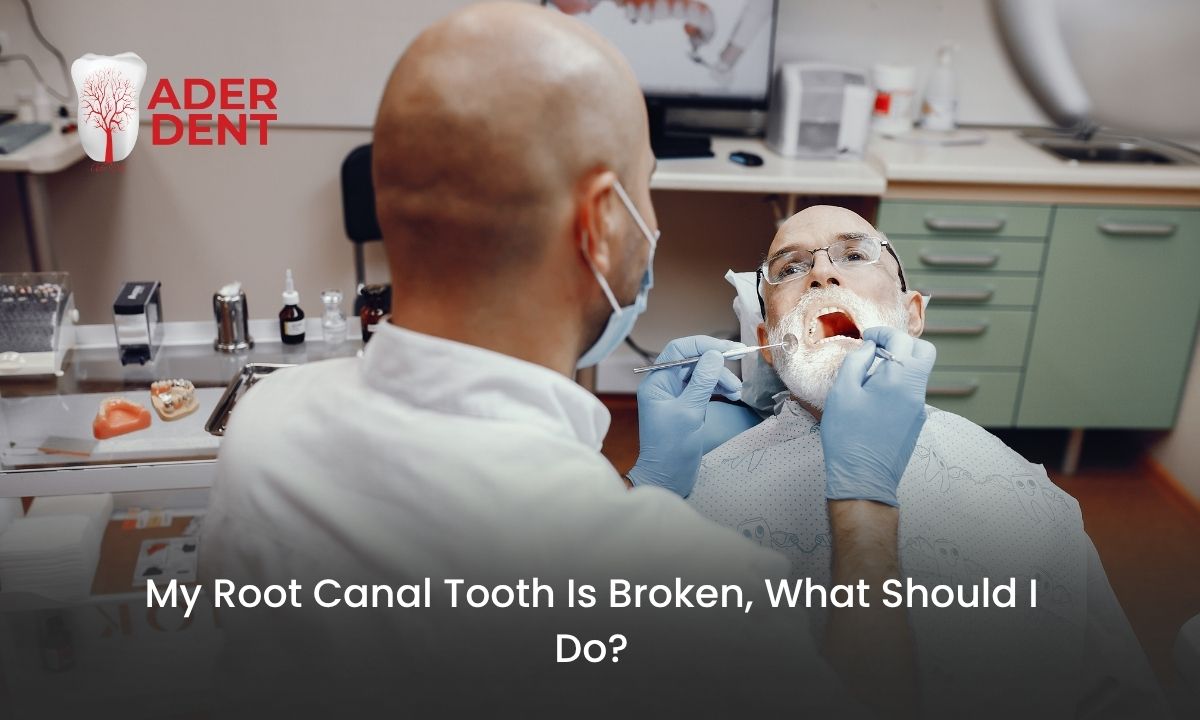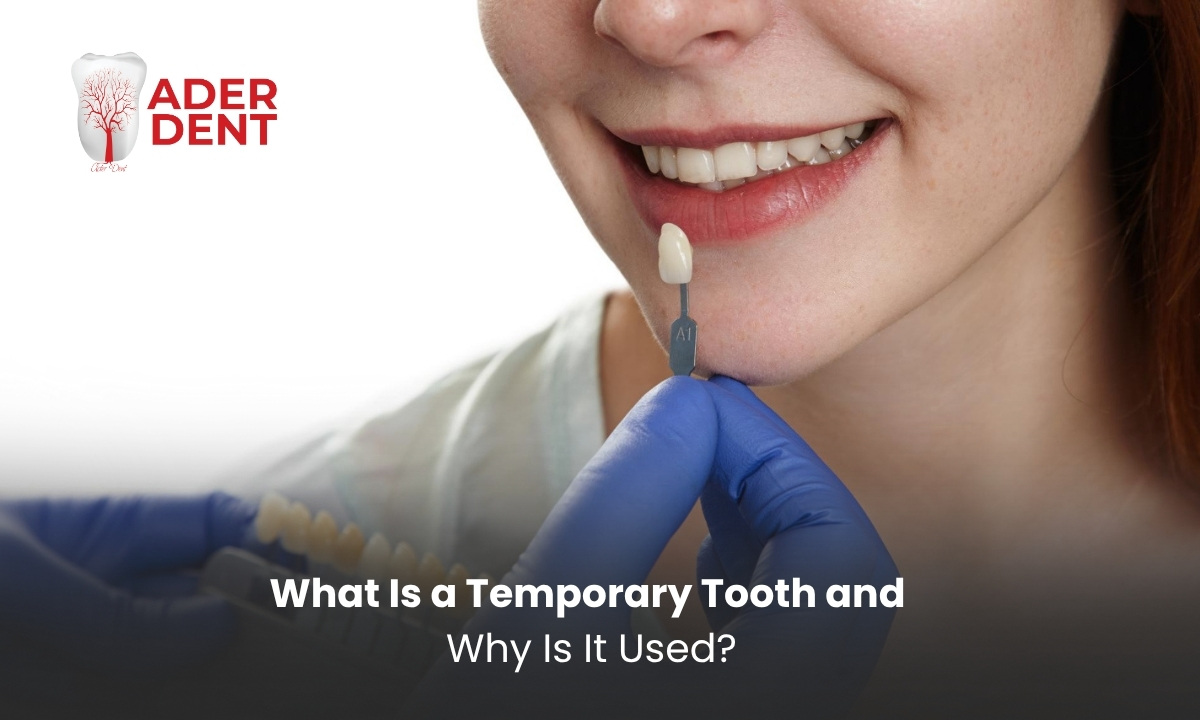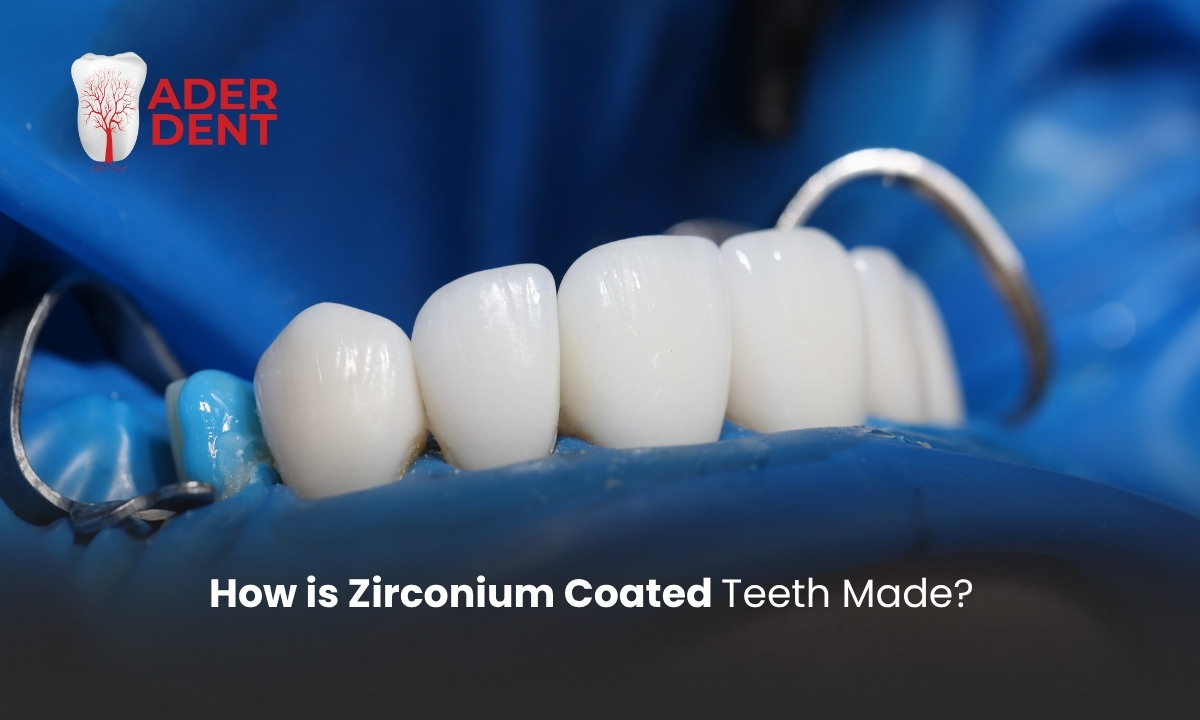
Are you feeling a throbbing pain on your face that spreads all the way to your throat? Constantly increasing swelling, discomfort when swallowing, and persistent pain are among the most common symptoms of wisdom tooth infection. If you are wondering “how does a wisdom tooth infection go away, what helps?” you should definitely check out this blog prepared for you!
A wisdom tooth infection occurs when the gum becomes infected due to the wisdom tooth not fully emerging. Wisdom teeth are located at the very back of the mouth and usually emerge between the ages of 17 and 25. In medical literature, this condition is referred to as pericoronitis. Bacteria accumulating around the gum can gradually lead to inflammation. For the possible symptoms and precautions during this process, you can check out our content on root tooth infection symptoms.
What Is a Wisdom Tooth Infection?
A wisdom tooth infection occurs when the third molar (wisdom tooth) does not fully emerge, causing the surrounding gum tissue to become infected. Wisdom teeth are located at the back of the mouth and usually emerge between ages 17–25. Medically, this condition is called pericoronitis. Bacteria accumulating around the gum tissue can lead to inflammation over time. For possible symptoms and precautions, you can check our content on root infection symptoms.
How Does a Wisdom Tooth Infection Develop?
A wisdom tooth infection occurs when the tooth is partially trapped under the gum and cannot fully emerge. This creates a pocket where food debris and bacteria accumulate. In an oxygen-free environment, bacteria multiply rapidly, produce toxins, and trigger the immune system, resulting in swelling, redness, and inflammation in the surrounding tissues. If the infection progresses, surgical intervention may be required.
How Is a Wisdom Tooth Infection Treated?
The first step in treating a wisdom tooth infection is controlling the infection. Antibiotics, painkillers, and antiseptic mouthwash prescribed by your dentist should be used regularly. After completing a one-week medication course, you should revisit your dentist to clean the infection under the gum around the wisdom tooth.
However, this method often does not provide a permanent solution. Even if the infection is cleaned, it can recur and may damage surrounding tissues. Therefore, in most cases, removal of the wisdom tooth is recommended. This is the most permanent solution. The tooth is extracted in a single session. Mild swelling and pain for 3–5 days after extraction is considered normal.
Post-Wisdom Tooth Extraction Infection Symptoms
Mild swelling and pain are normal during the healing process after wisdom tooth extraction. However, the following symptoms indicate that infection has developed after extraction, and you should see your dentist again:
-
Increasing throbbing pain a few days after extraction
-
Noticeable, firm swelling in the cheek and jaw area
-
Foul-tasting discharge or bad odor in the mouth
-
Fever of 38°C (100.4°F) or higher
-
Painful swelling in neck or under jaw glands
-
Restricted jaw movement
-
Pus-like fluid coming from the extraction site
If you experience such infection symptoms, it is crucial to contact your dentist immediately to prevent the spread of infection.
How Does a Wisdom Tooth Infection Heal?
To heal a wisdom tooth infection, the infection is first brought under control. The dentist will start treatment with antibiotics, painkillers, and antiseptic mouthwash. When used regularly, swelling and pain caused by the infection usually decrease within a week. However, a tooth abscess that has persisted for a month may indicate a more serious oral health problem rather than a simple infection.
Medication alone does not provide a permanent solution to oral problems caused by wisdom tooth infection. To prevent recurrence, deposits under the gum are often cleaned, or the wisdom tooth is completely extracted. Tooth extraction is the most effective method to stop the infection from recurring.
If extraction is performed, follow your dentist’s advice regarding oral hygiene. Also, use prescribed medications and keep the area clean during the healing process. For more information on whether painless wisdom teeth should be removed, check our article “Should a Pain-Free Wisdom Tooth Be Extracted?”
What Helps a Wisdom Tooth Infection?
Painkillers and anti-inflammatory drugs can be used to alleviate a wisdom tooth infection. If there is severe swelling, fever, or infection, antibiotics may be necessary under a dentist’s guidance. Gargling with warm salt water, using chlorhexidine-containing antiseptic mouthwash, and maintaining oral hygiene are important.
To reduce pain, support your head with a high pillow and, if inflammation is mild, apply a warm compress for relief. However, in cases of abscess, difficulty swallowing, or jaw locking, you should definitely consult your dentist.
How to Recognize Infection After Wisdom Tooth Extraction
Mild pain and swelling for 1–2 days after extraction are normal. However, increasing pain radiating to the ear or neck, pronounced swelling, redness, heat, or foul-smelling discharge at the extraction site indicate infection.
Difficulty opening the jaw, fever, fatigue, trouble swallowing, and swollen neck lymph nodes indicate a progressing infection. In such cases, saving the tooth may not be possible, and extraction may be necessary. For more detailed information, check our content on “Should Infected Teeth Be Extracted?”


 TR
TR
